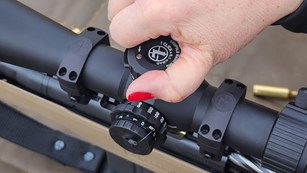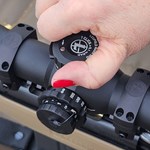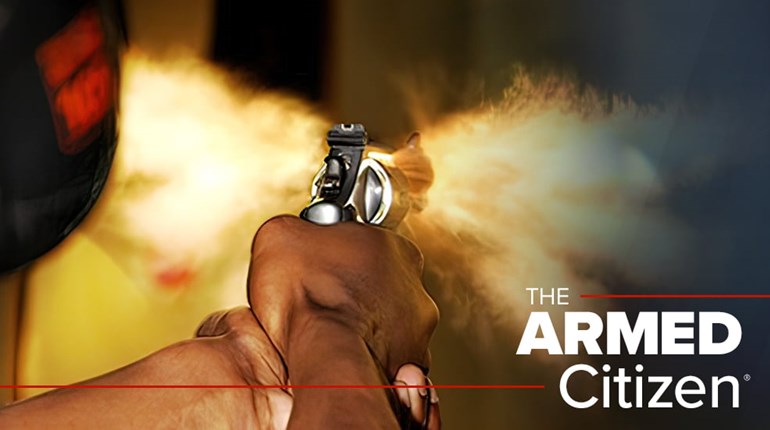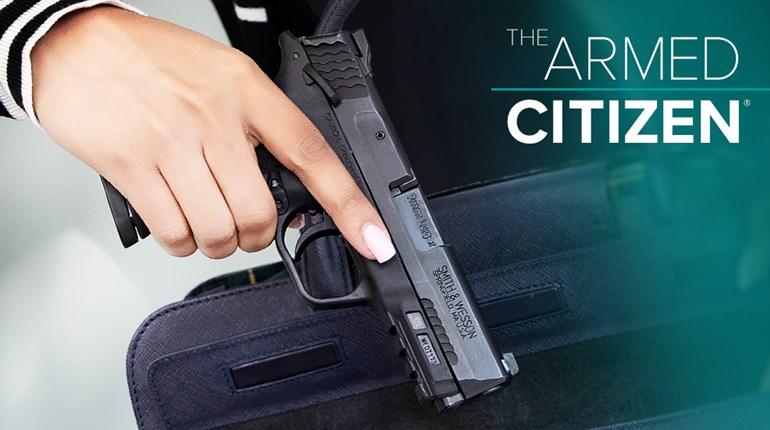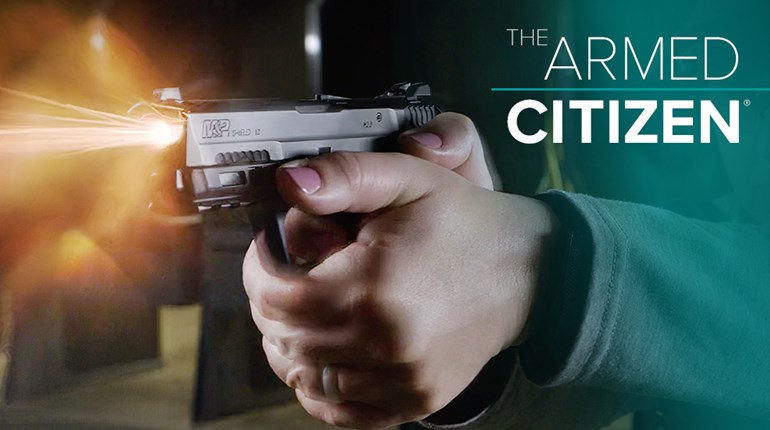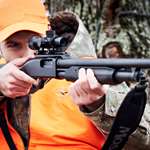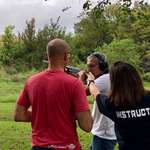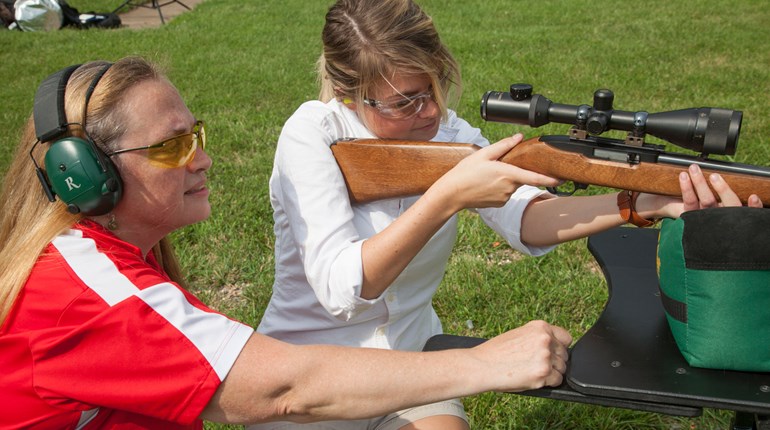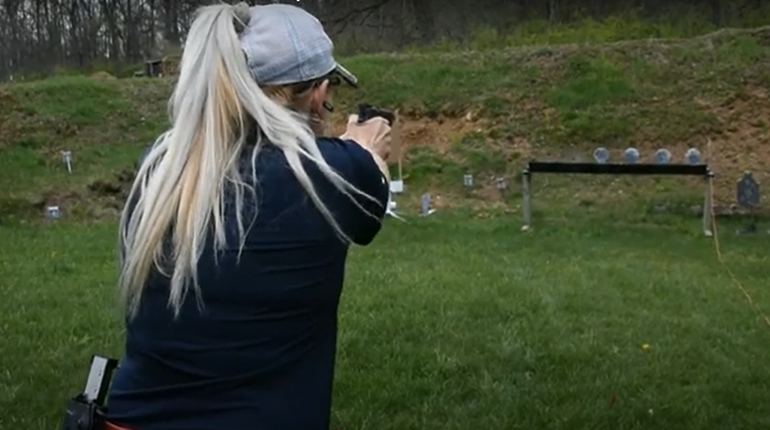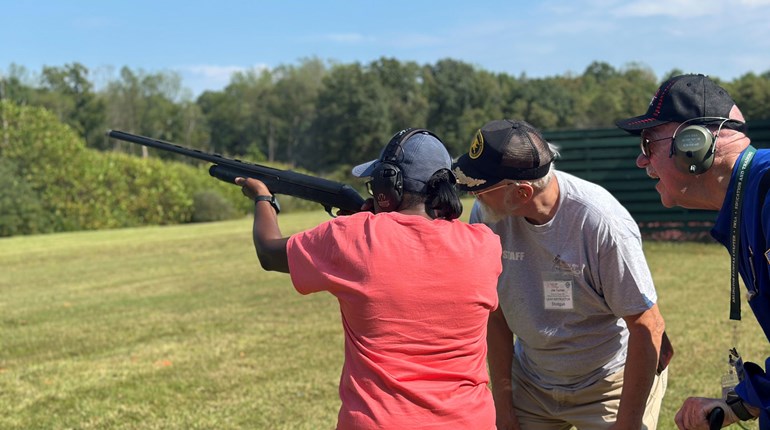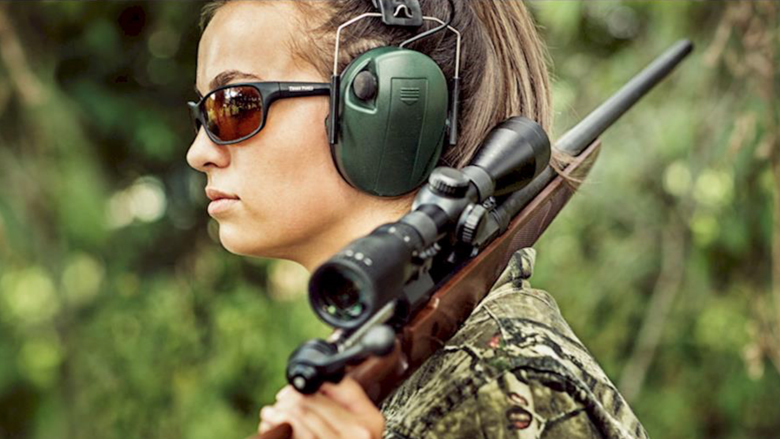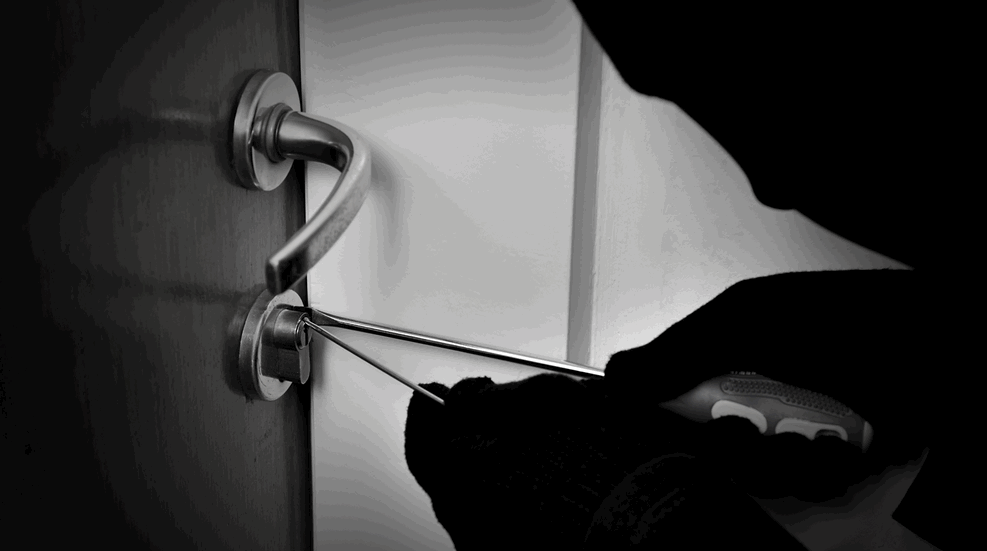
There’s little doubt that armed home defense beats hoping an intruder treats you nicely or waiting for the cops to show up. After all, intruders, by nature, aren’t known for their manners, and the police take minutes to arrive when seconds count.
However, armed home defense isn’t as simple as realizing your life is in danger and firing your firearm in defense of it. You see, after you fire a gun, you are responsible for that bullet, and bullets do not necessarily stop when they hit walls, ceilings, bad guys or your old couch. While the bullet must pass through a wall between studs, traverse another wall and still strike someone with enough energy to kill, the reality is that it can and does happen. You must think in three-dimensional terms before shooting, and even then, you cannot know where neighbors might be at any given moment or how a bullet might behave when it strikes an object such as a nail head or an I-beam and ricochets.
This is not to intimidate home defenders, but rather to inject a dose of reality so you can make plans to reduce the risk as much as possible in a multi-family dwelling, such as an apartment, condo or townhouse. Thankfully, there are several ways to mitigate these risks.
Learn what your home’s walls are made of. If internal walls are basic stud/sheetrock/fiber-glass insulation construction, then you should know that any full-power, non-fragmenting bullet fired into them will likely pass through them. The more powerful the caliber means the more penetration and damage it can do.
Learn what is below your floor, above your ceiling and beyond all of your walls. Do neighbors live above you, or, for example, are you on the top floor with little above but roof? You should determine what is considered a safe direction for loading and unloading your home-defense firearm and as part of that, think about what might be risky if you had to shoot in self-defense.
Explore and consider guns and bullets that do not overly penetrate walls. For example, if your home-defense gun of choice is a 12-gauge shotgun and you live in an apartment, you probably shouldn’t load slugs into it, but rather, bird shot. While slugs have massive energy and penetration qualities due to the projectile’s mass and energy, birdshot typically has enough close-range energy to disable an attacker without maintaining enough residual energy to penetrate multiple walls. That said, it’s important to note that birdshot can go through a single interior wall under some conditions.
For handguns and carbines, consider using reduced-power loads or frangible ammo. Varmint bullets that break apart into small fragments when they strike something solid, such as Hornady’s .223 V-Max bullet, are a good choice. Never use full metal jacket (FMJ) or military “ball” ammo because it’s non-expanding; armored projectiles penetrate to the max. Reduced-power (also called reduced-recoil) loads may not penetrate as far as full-power or “plus P” loads, but beware: Some reduced-power loads can also induce malfunctions in some semi-automatic firearms, so always test them at the range before using in the home.
Develop a home-defense plan. While you can’t know what an attacker will do or how a real defensive scenario might unfold, you can visualize the best place to fire your gun and zones or directions in your house where you shouldn’t if you can avoid it. Furthermore, you should instruct your kids or loved ones to move to a designated safe space in the event of an emergency. Sure, planning for the unknown is very difficult to predict, but it’s better to think about it in advance than trying to do so while under the immeasurable pressure and stress of an actual invasion. Take measures now to increase your odds of survival later.








